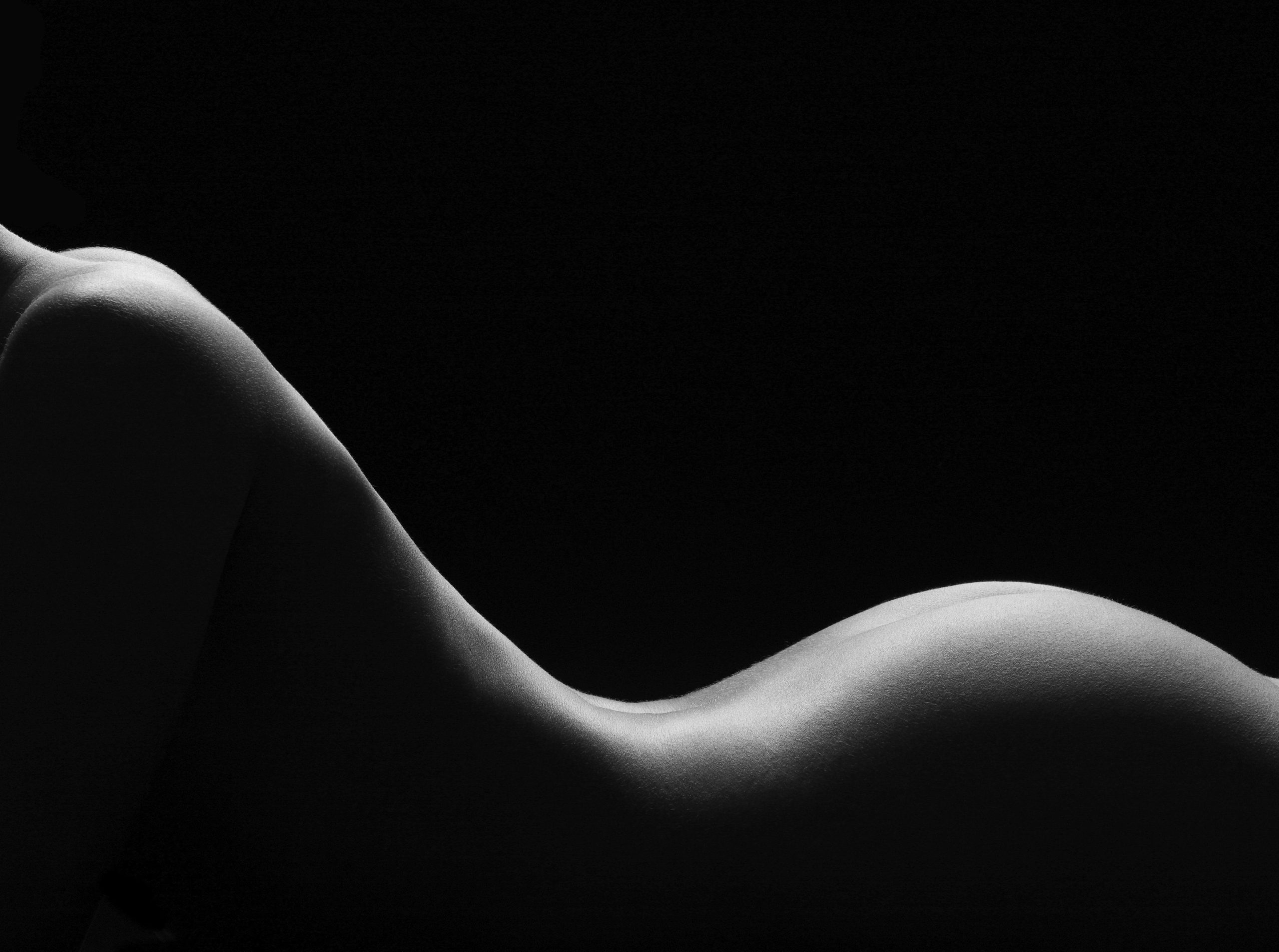
Body contouring can help those who have struggled to get rid of stubborn pockets of fat achieve a slimmer, more streamlined appearance. Plastic surgery procedures, including body contouring, carry some common side effects. Bruising is one of the most common side effects and one that many patients have questions about.
Here, we answer some questions patients have about plastic surgery and bruising. For more specific answers to your questions, contact Edina, MN plastic surgeon Brian Kobienia.
Why Does Bruising Occur after Plastic Surgery?
Experienced plastic surgeons are careful to minimize bleeding and bruising during and after plastic surgery. However, even with precision and skill, some amount of bruising should be expected after plastic surgery. This is because bruising is one of the body’s responses to injury. As tissues are cut and manipulated during plastic surgery, surrounding blood vessels become injured. Injured blood vessels may bleed into the tissues, creating a bruise.
How Much Bruising Should I Expect?
The amount of bruising that should be expected after plastic surgery will vary from patient to patient depending on the type of surgery performed, the location, and personal likelihood of bruising. Those who bruise easily should expect more bruising after surgery, as should those patients who undergo extensive procedures.
How Long Will Bruising Last?
The length of time that bruising lasts after plastic surgery depends on similar factors. Individual healing times combined with the extent and location of surgery all contribute to how long bruising will last. In most cases, bruising significantly fades, or may fully resolve, within two weeks following surgery.
How Noticeable Will Bruising Be?
Bruising may be more or less noticeable depending on the location of surgery. Those who have procedures done on areas such as the thighs and abdomen can often hide bruising until it fades. Those who undergo facial plastic surgery may have more difficulty hiding bruising while they recover. Large sunglasses, hats, scarves, or makeup may be useful in hiding facial bruising.
What Will Bruising Look Like during Recovery?
Bruises will change color as the tissues heal. Bruises are typically red to begin with then deepen to a dark blue, purple, or black. Bruises may begin to fade after a week or two, turning to a yellow or greenish color followed by a light brown color until completely faded.
How Can I Reduce Bruising?
You can help reduce bruising after plastic surgery by following all post-operative instructions and trying these tips:
- Apply ice first: Applying ice packs to the treated area for the first two to three days will help constrict blood vessels, reducing bleeding and bruising.
- Apply heat after the first few days: Applying heat after the first two to three days of recovery will help dilate the blood vessels and aid the body in the removal of damaged blood cells from the bruised area.
- Eat foods high in Vitamin K: Vitamin K is beneficial in preventing bruising as it helps reduce bleeding and can be found in many foods, such as kale and spinach.
- Take bruise reducing supplements: Supplements like arnica montana and bromelain may help reduce bruising. However, be sure to speak to your doctor before taking any supplements to avoid complications.
- Don’t take certain medications: Medications like anticoagulants and NSAIDS can increase the risk of bruising. Before undergoing surgery, discuss any medications you are taking with your doctor to determine if any changes should be made. Never stop taking a medication as prescribed without first speaking to your physician.
Contact Dr. Kobienia
For more information about plastic surgery, we welcome you to schedule a consultation with Dr. Kobienia.



